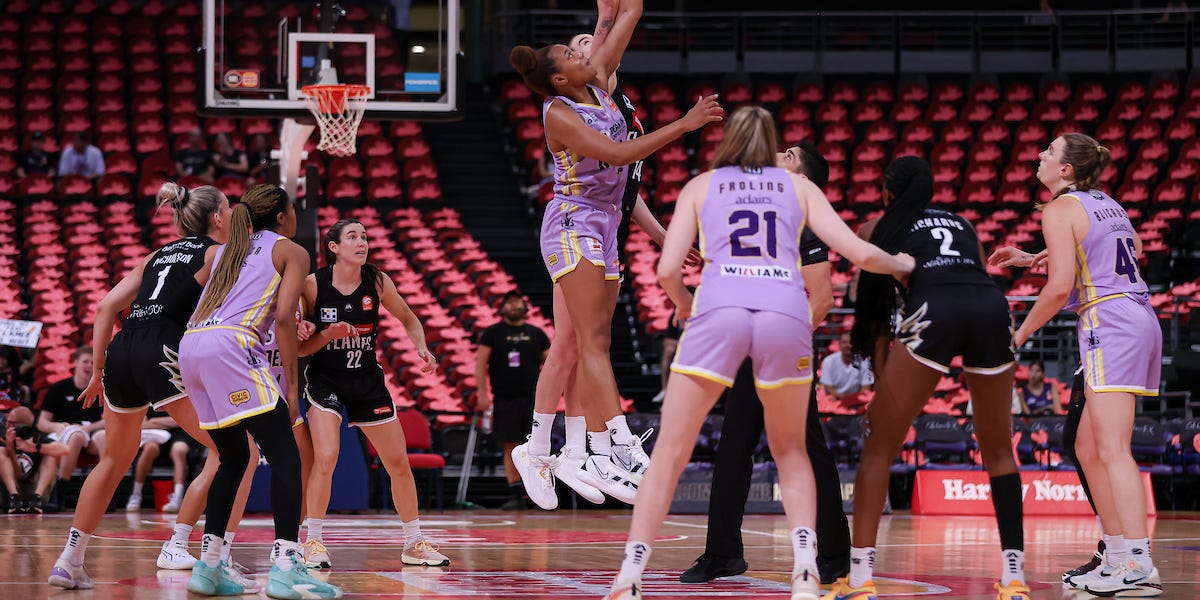On The Brink: Inside the shaky economics of Australian basketball

- by Admin
- May 12, 2024

The recent announcement that Basketball Australia (BA) has enlisted outside advisors to assist in raising capital for the Women’s National Basketball League (WNBL) once again brings into sharp focus the financial realities facing basketball in Australia.
The issue of insufficient funding in Australian sport is not new to my analysis – we have explored the topic in previous discussions (here and here). At face value, engaging M&A (mergers and acquisitions) advisors to canvass the Australian venture capital community seems like a logical progression for BA in their quest to financially bolster the WNBL. This strategy emerges as a theoretical solution to a longstanding financial dilemma that insiders have acknowledged for decades. But this financial narrative contradicts statistics presented by Basketball Australia and the WNBL. Notably, the league boasted record salaries and growth just three years ago. This optimism was tempered at the onset of the 2023/24 season as Christy Collier-Hill, Head of the WNBL, recognised the economic challenges pervading Australian sports. The salary cap’s modest increase of 4% in 2023 failed to match inflation rates. Although minimum salaries rose by 33%, the reality is less glamorous. The tangible effect of this increase, while sounding significant in social media soundbites, still falls short of providing a full-time remuneration package.
Saraid Taylor recently dissected the myth of adequate funding for women athletes in an essay published on The Pick and Roll. It’s a familiar tale. Young athletes are sold the dream of playing for love of the game by those, when the stark reality is the sport lacks sufficient revenue to offer significant compensation. It’s a simple, yet brutal truth.
The infrastructure surrounding Australian basketball is thinly stretched.
The Latest News
-
November 28, 2024Australia passes legislation banning under-16s from social media
-
November 28, 2024A social media ban in Australia for children under 16 will be first in the world
-
November 28, 2024Children under 16 to be banned from social media after Australian Senate passes world-first laws
-
November 28, 2024Australian Senate passes social media ban for young children that will soon be world-first law
-
November 28, 20245 Best Online Casinos Australia: What Is The Number 1 Australian Online Casino? List Of Best Online Gambling Sites 2024!





